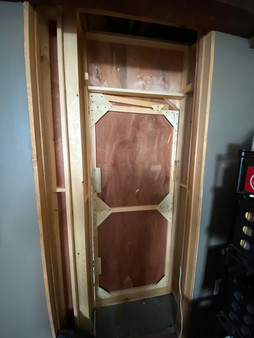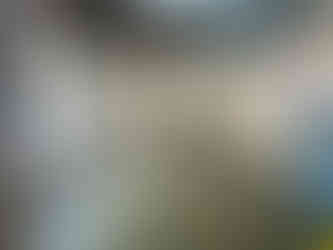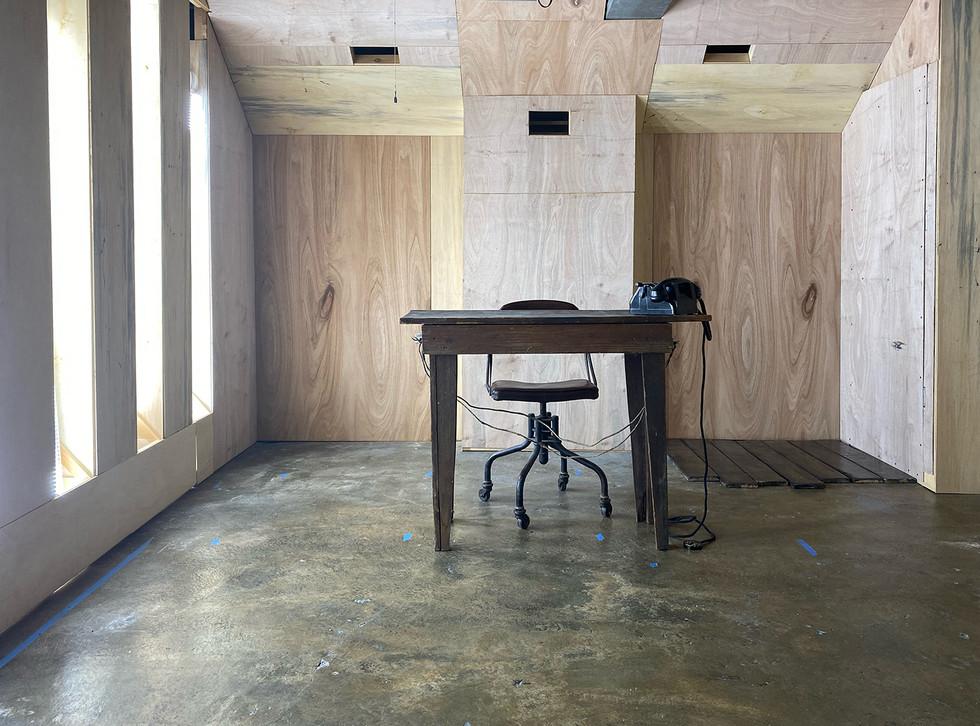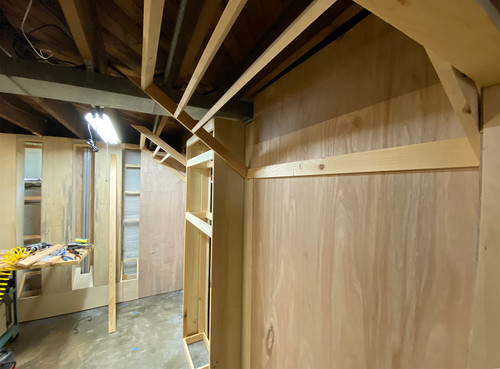- Oct 12, 2020
I want to be honest. These posts are less about updating others on my project and more about keeping me on track and focused. I also hold no illusions that I'm reaching vast numbers of people. I'm no Instagram influencer and I'm fine with that and apologize up front for anything that seems too self-indulgent. Keeping all of this in mind, these ramblings will probably have and will continue to exhibit a fair amount of hashing out thoughts and circling back on ideas since repetition often helps my understanding. It's also a good way to work a problem to find patterns and meanings that I often don't see on a first pass, let alone the twentieth pass. I do hope that others may find some solace or encouragement from the occasional observations found here. Lessons learned should be lessons shared.
Some of these ideas, problems and reflections are specific to this current narrative project, but they are also certainly connected to the times we're living through; How I/we navigate this crazy and beautiful world we're given, how we respond to things out of our control and where and with whom we find our anchor and peace. Other ideas I often grapple with are long standing issues. Annoying and often fleeting moments of thoughts that are somehow entangled in a thought-knot, looping in and around itself that has to be worked out. The tighter and larger these thought-knots are the more pervasive they are, creeping back into everyday thinking as annoying distractions.
One such annoying distraction manifests itself generally as second guessing. It happens sometimes when I'm walking through the set to get to my office where I'm teaching remotely these days. More often it's on those days that I have planned to get a lot done and for whatever reason nothing is going smoothly, everything is halted by distractions or setbacks and somedays it's just that general morass we're all bogged down in to some degree. I wonder if this project will ever get finished. I wonder if it will be any good, but more often than not it comes down to something that is totally irrelevant at this point. I wonder what would have happened if only.
If only is a useless thought, but it is exactly this thought-knot that I can't seem to untangle, and I know it's tied to an experience I had early in my teaching career when I was strongly encouraged to not pursue larger projects that would require extended amounts of time to complete. The suggestions by others was that if I were to put multiple years into a project and then the project failed, my attempts at tenure would be placed in severe jeopardy. I dutifully took these well intentioned suggestions to heart and pivoted directions. I quickly but reluctantly abandoned the feature-length experimental narrative project I had invested time and creative energies into and instead tried to work on smaller and quicker projects to find ways to fit my work into an expected mold. There were certainly some successes that came from this and a fair amount of creative work that I am satisfied with, however I often still wonder if only I had continued on the path, what would my creative work look like now. If I had not so easily turned away from the path that I was already set on, where would I professionally be right now?
Of course it doesn't matter. These are questions that serve no purpose other than to distract, and they've done a substantial job of doing that. Somewhere deep down I think one of the driving forces behind this project is my need to untangle this thought-knot. If I can allow myself to create the work that I want to, to spend the time needed to realize the project and see it to its rightful completion then maybe if only will be replaced with as a result of, and then hopefully that thought-knot will loosen, if at least a little bit.
This past month I found that seesaw I was so proud of keeping balanced in my last post start to tip drastically in favor of things not related to the project. I have to be very careful now, because it's too easy to pause, and as soon as I do that, then it's a slippery slope towards allowing more excuses to take precedent. Life distractions are easy to accommodate and justify. It's easy to fear this happening but I also take solace in knowing that this is a long term project and not something I'm sprinting to finish. It will get done when it gets done. I have that luxury.
Still, there are small triumphs. I now have installed and wired all the lights on one wall of the set. They aren't finished and have a way to go before they actually resemble what I have in mind but it gives me something to build on and look forward to. I've also built the hidden door/wall that leads from the set to my office. Still some kinks to work out, but I think the plan will work. The challenges of working with limitations always create interesting results.
I tested a fog machine that I had planned on using during production. A number years ago I used one on Soulmaker, but this one is too powerful and the space too small for it to work effectively and safely. My first go filled the set completely. It took opening basement windows and multiple box fans to clear out the space. Certainly impressive and fun but not what I needed. I'm looking at alternatives including canned atmosphere which I just recently learned about.
Sometimes, progress is illusive. Sometimes, progress is made in such small increments that it is imperceptible, and sometimes, progress is simply more painful than we'd like, so we stop trying. The results of our progress may be hard to see, let alone understand or appreciate at the time, but when we are patient and willing to take the time to look closely and reexamine it, this progress manifests itself in revealed answers. This is something that we often have to remind ourselves. It's easy to get distracted by those thought-knots that only serve to distract, and create doubt in what we do.
I'm looking forward to working this knot out and unravelling another distraction to wrap it up neatly and put it away for good.




















































